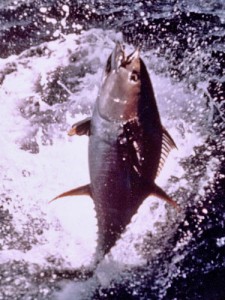In April, NOAA Fisheries released the 17th annual Fisheries Economics of the United States (FEUS) report. Fisheries Economics of the United States, 2022 highlights the contributions of U.S. fisheries to the national economy. This year’s report uses a shorter format, and covers the years 2013 to 2022.
The report includes the following commercial fisheries information:
- Economic impacts of commercial fishing
- Commercial fisheries landings, revenue, and price trends
- Regional management
FEUS 2022 Report Highlights:
Total landings revenues in 2022 decreased 16 percent to $5.9 billion dollars from 2021. Falling prices was cited as the primary factor leading to the decline. Landings volume declined a modest 3 percent to 8.3 billion pounds.
Several fisheries experienced decreased landings volume, including Alaska pollock, American lobster, Pacific salmon, and sea scallops. Volumes increased for menhaden, sablefish, and tunas.
The average landings price level reverted back to roughly the average price level seen in the years leading up to the pandemic.
Alaska pollock, Gulf shrimp, American lobster, and sea scallops were primary species contributing to the decline in aggregate landings price in 2022. Pacific cod and Pacific salmon prices increased.

Key Commercial Species:
- Alaska pollock
- American lobster
- Blue crab
- Menhaden
- Pacific halibut
- Pacific salmon
- Sablefish
- Sea scallop
- Shrimp
- Tunas
source: National Marine Fisheries Service. 2024. Fisheries Economics of the United States, 2022.
U.S. Dept. of Commerce, NOAA Tech. Memo. NMFS-F/SPO-248, 28 p.